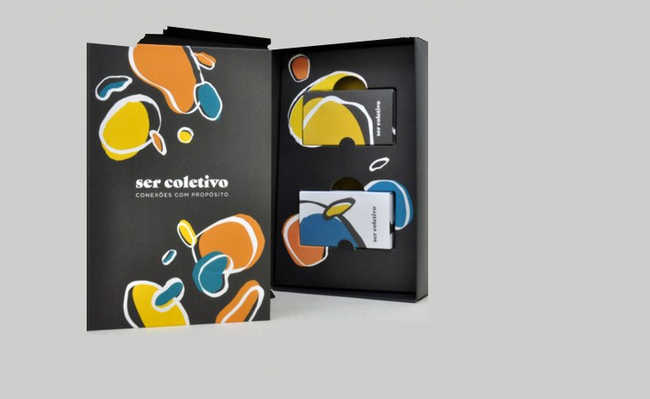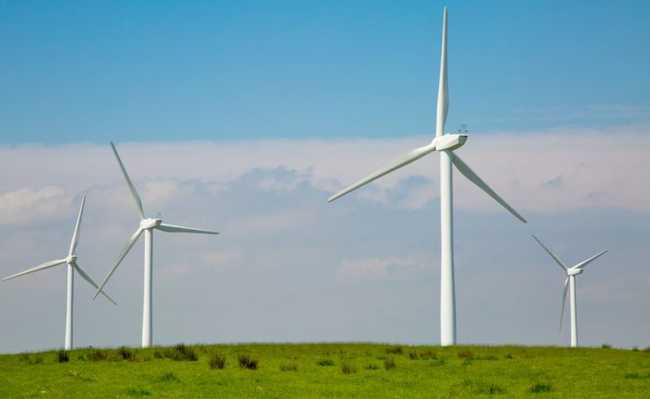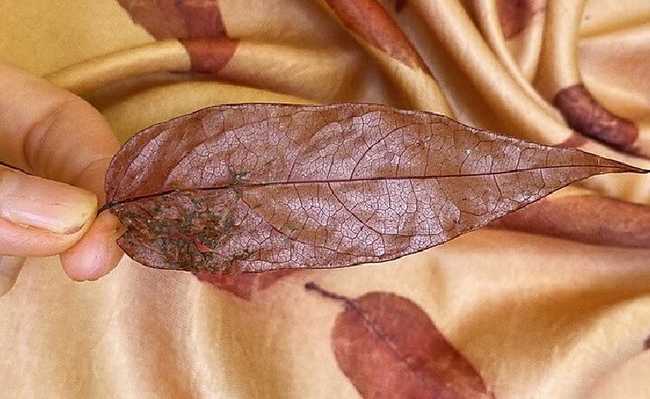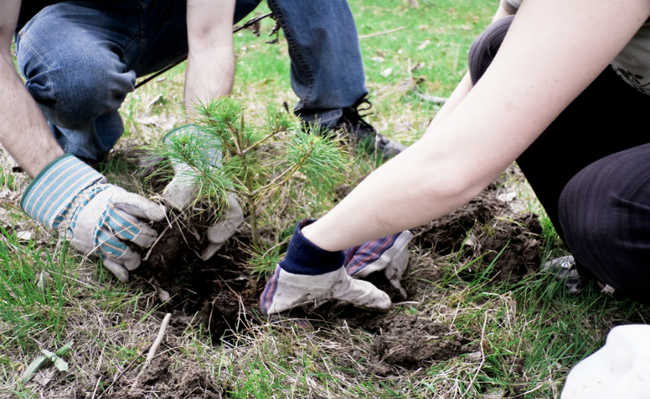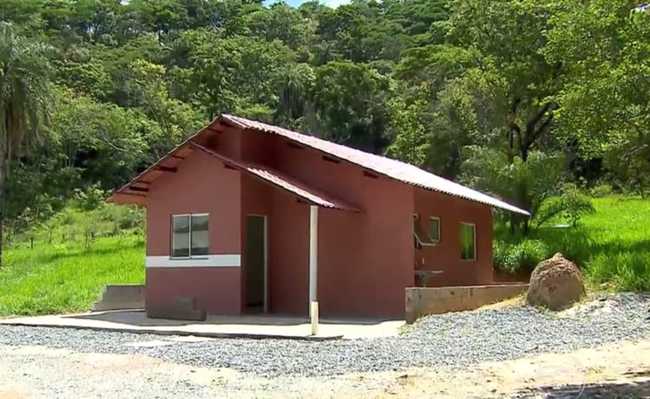Do you know the difference between waste and tailings?
Distinction between waste and reject is related to the possibility of using discarded materials

Image: Paweł Czerwiński on Unsplash
Usually, the words “residue” and “reject” are used as synonyms, however, they have different meanings. Knowing how to differentiate them is important so that you can correctly dispose of the parts or packaging of the products you consume.
The National Solid Waste Policy
The National Solid Waste Policy (PNRS), established by Law No. 12,305/10, contains essential instruments to allow for the necessary advances in facing the main environmental and socioeconomic problems arising from inadequate solid waste management.
For that, the law foresees to reduce the generation of residues through the change in the consumption habits and the increase of the recycling and reuse of solid residues. The policy also has the objective of prioritizing the most environmentally adequate disposal of waste.
In addition, the PNRS determines actions such as the elimination of dumps and their replacement by sanitary landfills. Inspection tends to be strict regarding the distinction of discarded materials, since the landfill operator should only receive tailings. Otherwise, the company will be subject to penalties from the Public Ministry.
- What is the National Solid Waste Policy (PNRS)?
Residue
Waste is everything that is left over from a given product, whether its packaging, shell or other part of the process, which can be reused or recycled. For this, the materials need to be separated according to their composition. In other words, waste still has some economic value that can be used by industries, waste picker cooperatives and other components of the production chain.
Urban solid waste
Urban Solid Waste (USW), commonly called urban waste, results from the domestic and commercial activity of cities. Its composition varies from population to population, depending on the socioeconomic situation and the living conditions and habits of each location. These wastes can be subdivided into six categories:
- Organic matter: food scraps that can be composted;
- Paper and cardboard: boxes, packaging, newspapers and magazines;
- Plastic: bottles and packaging;
- Glass: bottles, cups, jars;
- Metals: cans;
- Others: clothes and appliances, for example.
- What is Municipal Solid Waste?
reject
Tailings is a specific type of disposal, one for which there is still no possibility of reuse or recycling. An example of waste is bathroom waste, for which there are still no economically viable and far-reaching recycling options.
The ideal is to reduce your tailings production as much as possible, as this type of waste must be sent to a licensed landfill. Most of the food waste can be composted and this already causes them to be classified as waste. Most packaging can be sent for recycling. Packaging labels, adhesives, masking tape, animal food waste, diapers and used sanitary pads are some examples of waste.
- Landfill: how it works, impacts and solutions
Brazil situation
Despite the impositions made by the National Solid Waste Policy (PNRS), more than 80% of the materials discarded in landfills could have another destination, such as recycling and composting. In addition, according to data from the Brazilian Association of Public Cleaning and Special Waste Companies (Abrelpe), Brazil still has about three thousand dumps, which should have been eliminated by 2014.
- Dumps and their main impacts
Solutions
The most environmentally correct solutions for waste disposal are selective collection and composting. Selective collection is the ideal destination for dry and recyclable waste and composting for organic waste. Tailings must be sent to landfills and it is important to be careful not to include in this category materials that can act as contaminants. Electronics and batteries, for example, need to be taken to specific disposal points for this type of material, as they can release pollutants and contaminate the soil and water in the landfill region.
- What is selective collection?
- What is compost and how to make it
Selective collection differentiates waste according to its constitution or composition. Waste must be separated into wet, dry, recyclable and organic - and within these categories there are subcategories. Recyclables, for example, include aluminum, paper, cardboard and some types of plastic, among others. When recyclable materials are collected and arrive at the cooperatives, they are carefully separated for reuse. For the disposal of recyclable waste, check the gas stations closest to your home in the free search engine at eCycle portal.
Composting is the biological process of valuing organic matter, whether urban, domestic, industrial, agricultural or forestry, and can be considered as a type of recycling of organic waste. It is a natural process in which microorganisms, such as fungi and bacteria, are responsible for the degradation of organic matter, transforming it into humus, a material that is very rich in nutrients and fertile.
Other fundamental tips apply to the 3 R’s principle. It is a proposal on consumption habits, popularized by the environmental organization greenpeace, which aims to develop more sustainable actions. They are:
- Reduce your house's garbage as much as possible;
- Reuse food scraps for other functions or to produce new recipes;
- Recycle items that have completely lost their useful life or donate items that no longer interest you.

